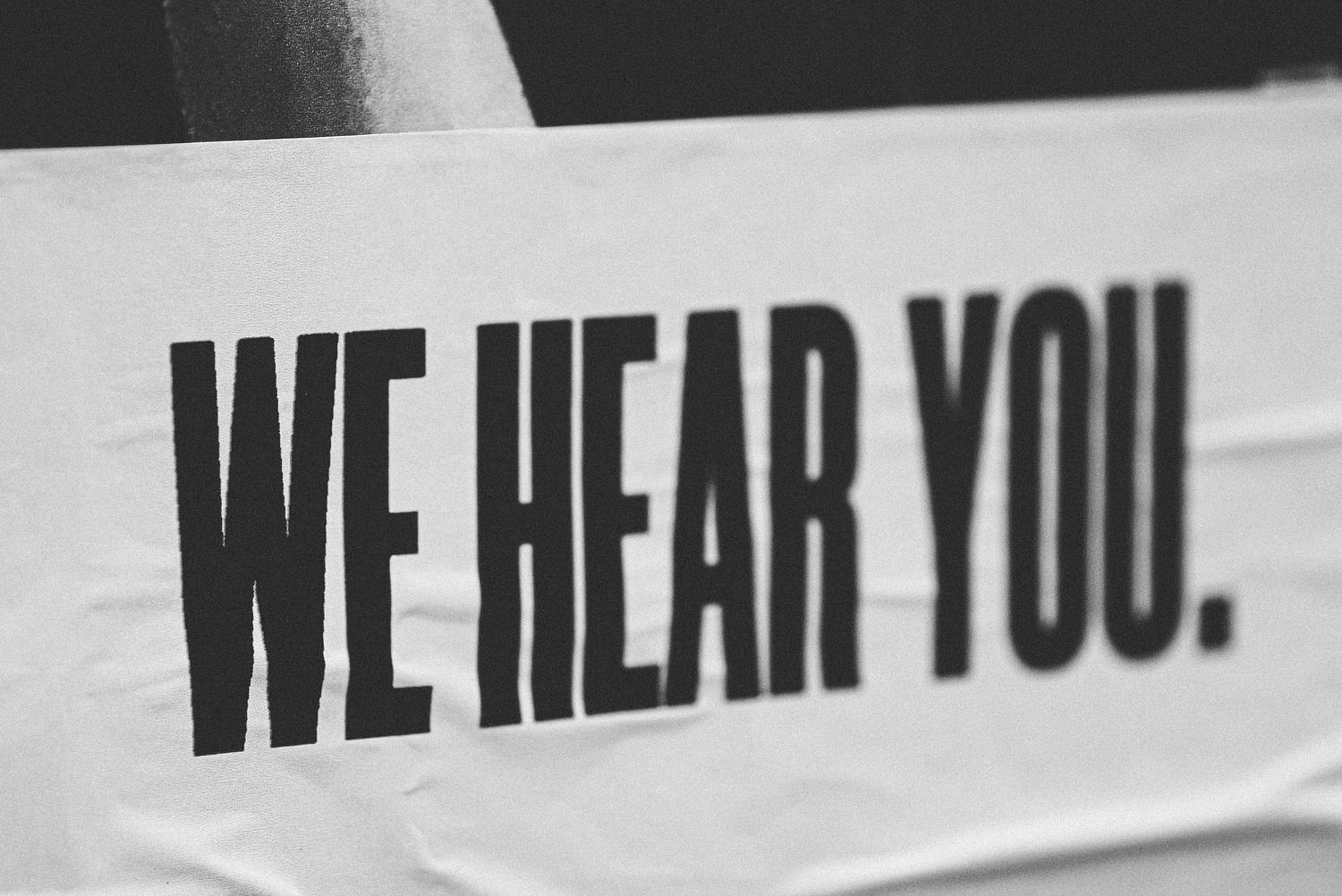A key part of Consulting is about providing services to our clients that deliver the outcomes they expect. Sometimes, we may experience the odd case where our client still has some questions and isn’t completely satisfied when we get to the end of a project or significant deliverable. This can be confusing and certainly make us wonder if we missed some important signs along the way.
We frequently talk about how we should never assume how someone is feeling, but sometimes we might sense there may be lingering concerns that our client has not yet verbalised. As Consultants we should be able to pick up on this and explore it further.
Last year I completed my Certificate in Counselling Skills, which took me one step closer to being able to eventually do the diploma. I have always been passionate about helping people and wanted to learn more about the skills involved in a supportive, and eventually a counselling, relationship. This course taught me a lot about body language. As an example, people will say “I’m ok” whilst shaking their head at the same time. This is a sign that we might need to explore that person’s emotions further! On that note, I wanted to reflect on what the fundamentals of counselling skills could teach us about being more effective consultants.
1. Be more you
I learnt very quickly that I didn’t have to act how I thought a counsellor would act to have effective conversations. All I needed to do was understand myself and my context and be inquisitive. This is exactly how we should be with our clients. I would like to think that some clients are influenced by the people they build relationships with, when choosing who to buy services from – so it’s important not to lose yourself in the process.
2. Building relationships
We always want to do what’s best for our client. But how do we know what’s best if we don’t know our client at all? Whether it’s the 1st time or the 30th time we’re meeting our client, we are constantly developing a relationship. Taking that time to hear our client out, respond, show interest, and show we’re human too is simple but effective. Empathy tells us about putting ourselves in the shoes of others and understanding what they are feeling and sitting with that too. I have always worked to understand what else my client is going through above what we’re specifically working on together, just because it can help provide insight to any challenges I could potentially face.
3. Active listening
Active listening is about consistently showing that we hear what we are being told and responding in a manner so that our speaker feels their emotions are understood. There’s nothing worse than a client detailing a concern they have, but we are not focused or acknowledging them. There’s a lot of power in a nod, a “yes” or even appropriately finishing someone’s sentence! All of this helps with that safe space that enables a client to open up and know that they can connect and engage with us. It feels awful when someone wanders off mid conversation or acts like they heard what you said, only to be completely misunderstood.
4. Changes in verbal and non-verbal behaviours
Notice anything different? - If we are engaging with a client that we are familiar with, do we notice anything slightly different about their presence? It could be nothing but picking up on it and finding a way to check in on what we feel or see could provide further insight. Our client may also appreciate that we noticed and took the time to ask too.
Changes in tone – Tone can say a lot and can help with knowing where to go next. If we hear frustration in our clients’ voice, we may choose to acknowledge that they are showing some frustration and if there’s anything we can do to help. As consultants, we don’t have to just offer solutions, we can offer empathy and an ear too!
Physical changes – What someone does with their body can say a lot about how they feel. Crossed arms can sometimes suggest that someone is feeling slightly defensive. It’s worth thinking about whether this is how the conversation started or if it was a response to something we said. Same goes for open arms and facial expressions as indications of how engaged they may be. All of this can be helpful in directing the conversation.
Repetition of themes or topics – Clients might unintentionally reiterate something they have already said two or three times. They may even say it in a different way. This is useful to pick up on, along with any associated emotions as they could indicate concerns or areas to address.
How do we wrap it all up?
The no nonsense way to avoid missing anything from our clients is to simply playback what we think we heard and our understanding of that. Did they flinch when we played it back? Did they look confused? Did they show they heard what we said? If the answer is yes or I’m not sure, then don’t be afraid to ask again and check to see what else is going on.
The person-centred approach to counselling focuses on helping our ‘client’ on a journey of exploring their feelings. This includes understanding what people think may help them deal with their emotions.
This is no different to consulting. Change involves a lot of emotions, complexity and a journey to be understood. We are here to pick up on all of this, measure its impact, offer challenges, and help to deliver it all without drama!


